Best
Home
Studio
Monitor
-
Overall: Bi-Amplified Design
-
Best Feature: Room Control and High Trim Response Controls
-
TedScore™: 8/10
Best
Poratable
PA
Speaker
-
Overall: Built-in Bluetooth technology
-
Best Feature: 1000-watt Class D amplifier
-
TedScore™: 10/10
Best
Live Performance Speaker
-
Overall: Features a 1100-watt Class D amplifier
-
Best Feature: Equipped with sophisticated digital signal processing (DSP)
-
TedScore™: 9/10
Need help deciding whether to invest in a PA speaker or a studio monitor? The showdown of PA Speaker Vs Studio Monitor is here to clarify which one is right for your musical needs!
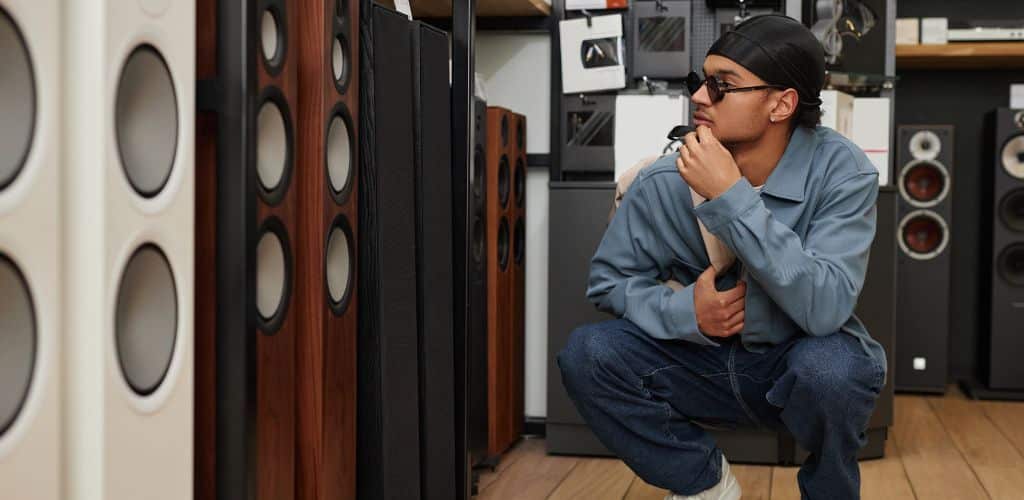
In this article, we’ll break down the key differences between PA speakers and studio monitors, exploring their unique features, ideal uses, and what makes each one special.
Let’s discover which sound solution will elevate your music to new heights!
What Are PA Speakers?
PA speakers, or public address speakers, are designed to amplify sound for large audiences.

These speakers are commonly used in live events, concerts, and public speaking engagements, providing clear audio across a wide area. Typically, PA speakers are built to project sound loudly and clearly, ensuring that everyone in the audience can hear what’s being said or played.
They often come in both passive and active varieties, with active PA speakers containing built-in amplifiers for added convenience. This means you won’t need to carry around separate amplifiers, making setup a breeze!
Features of PA Speakers
PA speakers are known for their robust design and high output levels. They often feature larger drivers, which help produce deeper bass and clearer highs, making them ideal for various types of audio.
Additionally, many PA speakers come equipped with multiple inputs, allowing you to connect microphones, instruments, and other audio sources simultaneously. This versatility makes them perfect for live performances where numerous sound sources are required.
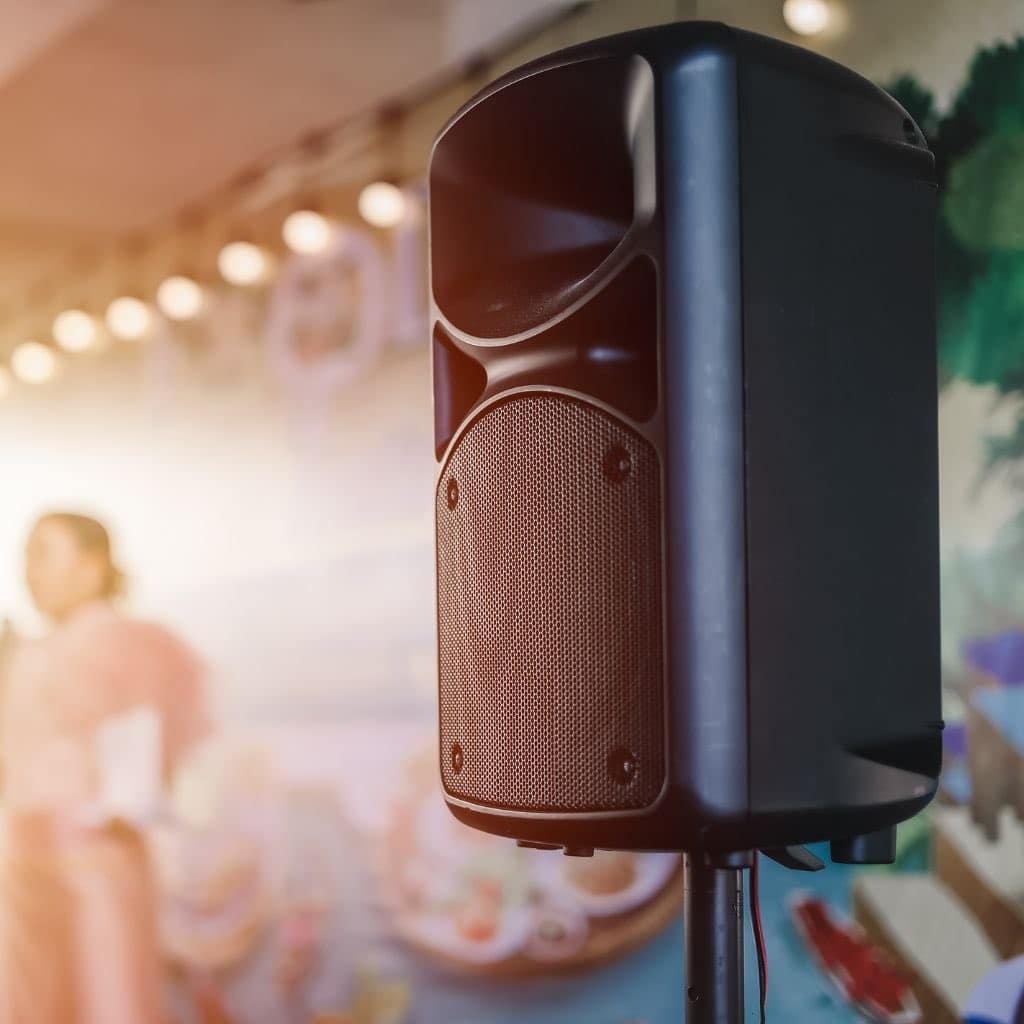
Recommended PA Speakers
QSC K18

This active PA speaker is known for its powerful sound and portability. With a 12-inch woofer and 2000 watts of power, it’s perfect for live performances.
QSC KS118 3600W 18 inch Powered Subwoofer
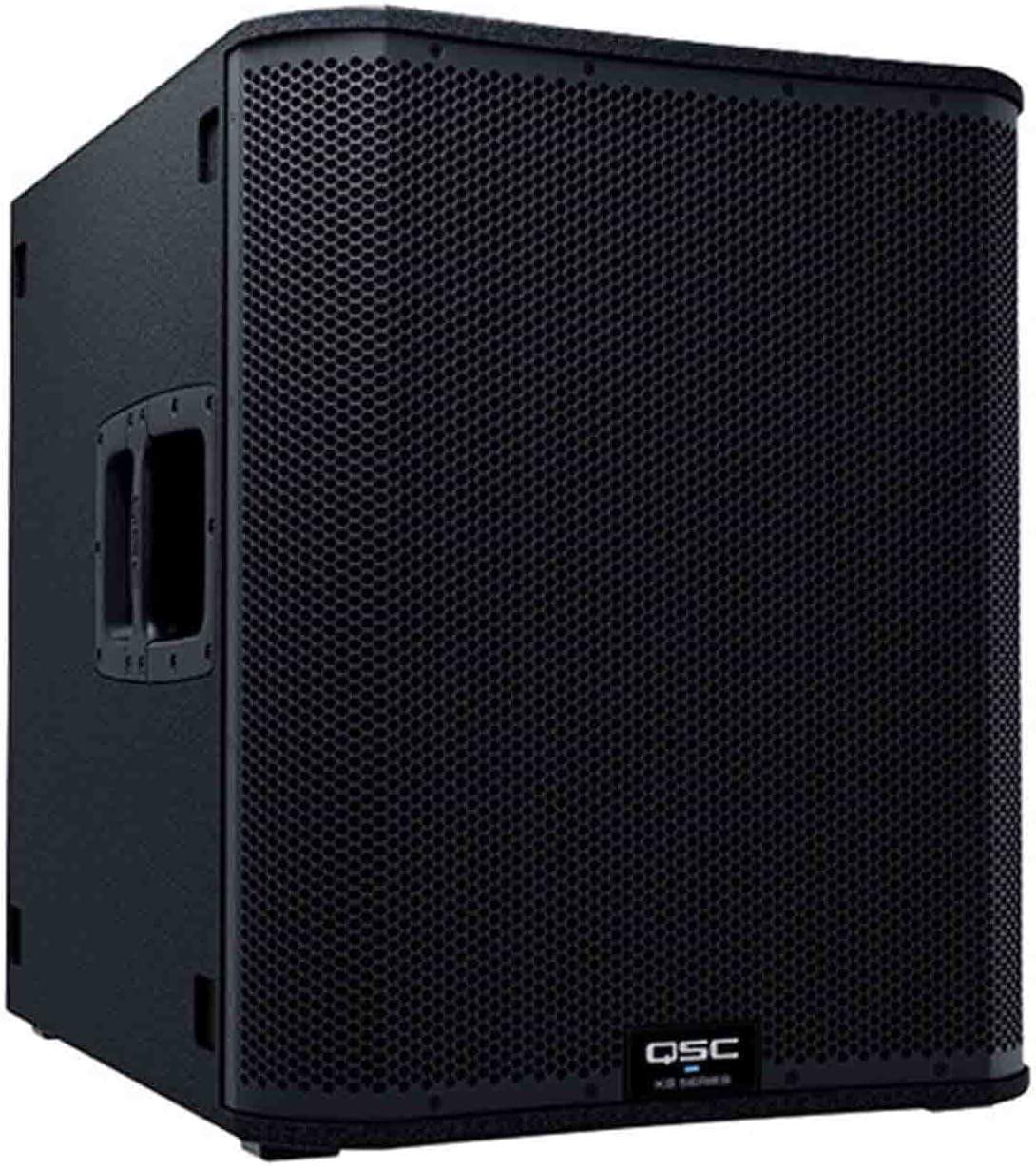
FEATURES: 3,600-watt 18" powered subwoofer.
OTHER INFO: 2 XLR/TRS combo inputs accommodate a variety of sources.
- Low-noise, heavy-duty casters enable easy rolling.
- Relatively high price point.
When you click ‘Check Price’, you’ll see there are loads of great places to buy this item. Our personal favorite is Sweetwater for the US, and Thomann and Gear4Music for the UK & Europe.
They are the largest music retailers, with excellent customer service, competitive prices, really fast shipping, and the longest guarantees.
The professional musician who wrote this article combined many things,
from the product build, manufacturer’s reputation through to feedback
from other users, to create our famous TedScore™.
Yamaha DXR12

This speaker offers excellent sound quality and durability. Its lightweight design makes it easy to transport, while the built-in DSP provides great sound control.
Yamaha DXR12

FEATURES: Features a 1100-watt Class D amplifier
OTHER INFO: Equipped with sophisticated digital signal processing (DSP)
- Delivers impressive audio performance with a 1100-watt Class D amplifier
- With multiple input options, including XLR/TRS combo jacks and a built-in mixer
- High Price Point
When you click ‘Check Price’, you’ll see there are loads of great places to buy this item. Our personal favorite is Sweetwater for the US, and Thomann and Gear4Music for the UK & Europe.
They are the largest music retailers, with excellent customer service, competitive prices, really fast shipping, and the longest guarantees.
The professional musician who wrote this article combined many things,
from the product build, manufacturer’s reputation through to feedback
from other users, to create our famous TedScore™.
JBL EON615
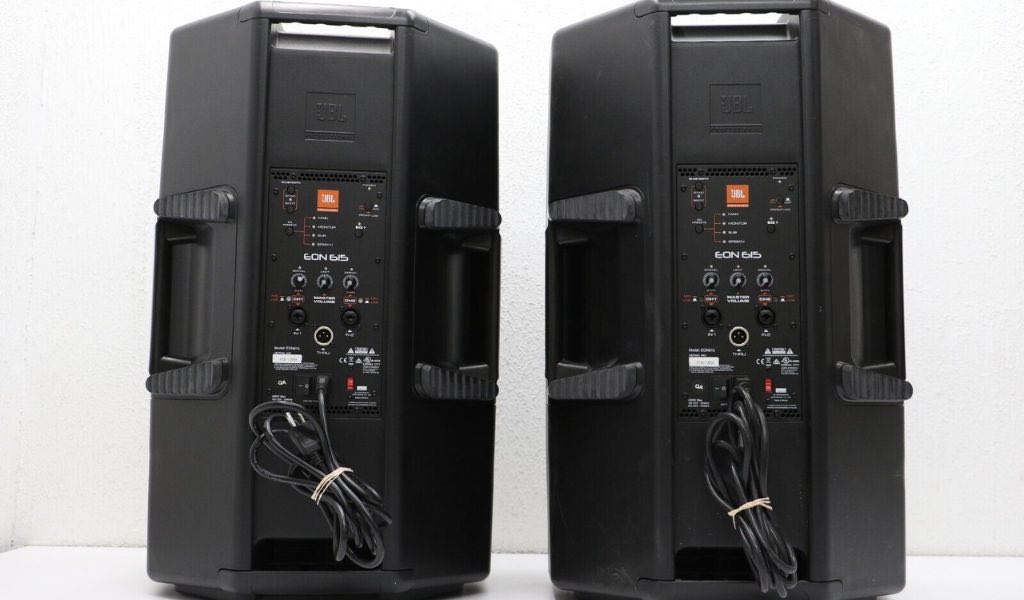
A versatile option, the EON615 features Bluetooth connectivity for easy streaming. Its 15-inch woofer delivers deep bass, making it ideal for various music genres.
JBL EON615

FEATURES: Built-in Bluetooth technology
OTHER INFO: 1000-watt Class D amplifier
- Designed to be lightweight, making it easy to transport and set up for events
- Powerful 1000-watt amplification and advanced speaker design
- Expensive
When you click ‘Check Price’, you’ll see there are loads of great places to buy this item. Our personal favorite is Sweetwater for the US, and Thomann and Gear4Music for the UK & Europe.
They are the largest music retailers, with excellent customer service, competitive prices, really fast shipping, and the longest guarantees.
The professional musician who wrote this article combined many things,
from the product build, manufacturer’s reputation through to feedback
from other users, to create our famous TedScore™.
What Are Studio Monitors?
Studio monitors, on the other hand, are designed for use in recording studios and home studios.
Their primary purpose is to provide accurate sound reproduction, allowing audio engineers and musicians to hear their mixes as they indeed are.

Unlike PA speakers, studio monitors are engineered for a flat frequency response, which means they don’t color the sound. This accuracy is crucial for mixing and mastering, as it enables producers to make informed decisions about their audio.
Key Features of Studio Monitors
Studio monitors typically have smaller drivers compared to PA speakers, which helps them produce a more focused sound. They are designed to provide a balanced audio experience, allowing you to hear every detail in your mix without any added coloration.
Most studio monitors come with various connections, including XLR and TRS inputs, making them compatible with a wide range of audio interfaces and equipment. Additionally, many studio monitors feature room control settings, allowing you to adjust the sound based on your studio environment.
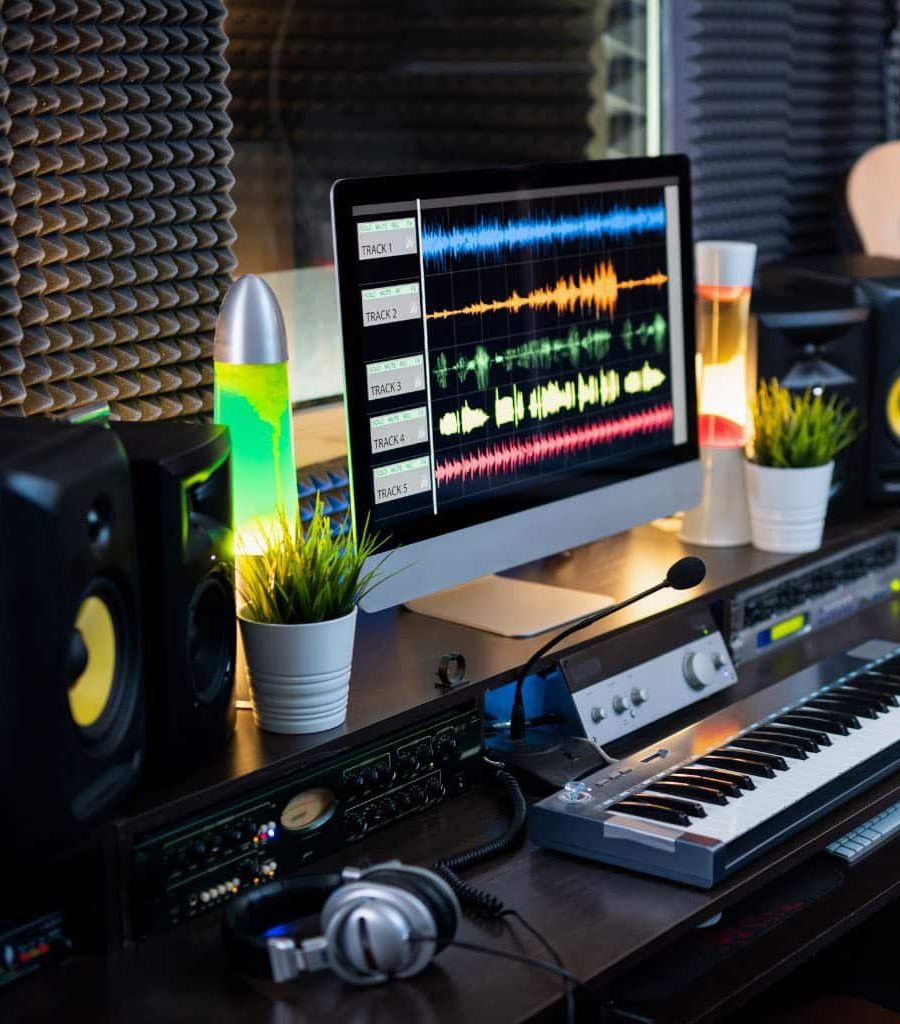
Recommended Studio Monitors
Yamaha HS5
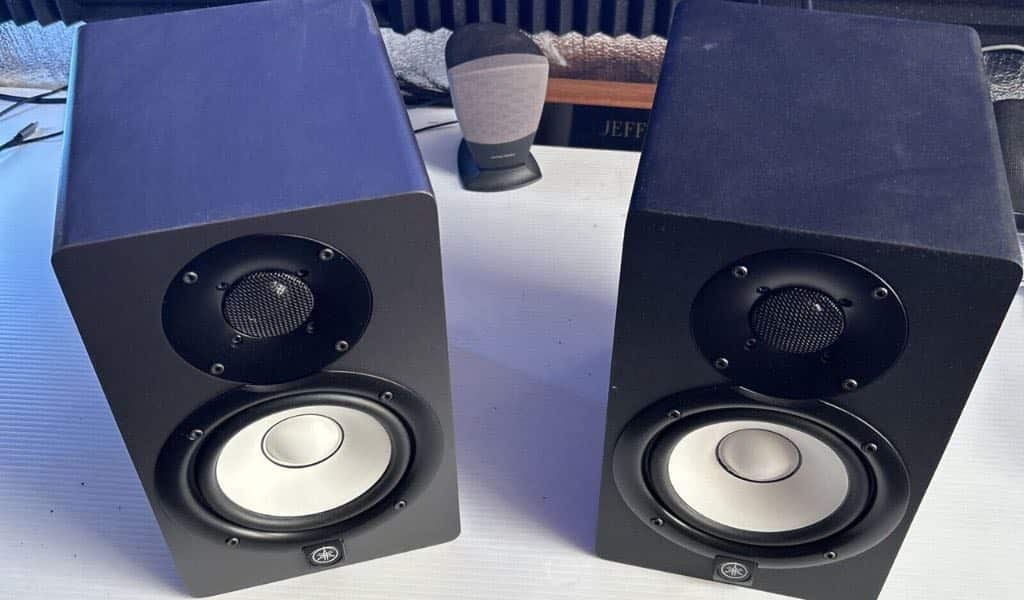
Known for their accuracy, the HS5 monitors are a favorite among producers. Their flat response and excellent sound quality make them perfect for mixing.
Yamaha HS5

FEATURES: Bi-Amplified Design
OTHER INFO: Room Control and High Trim Response Controls
- Features a bi-amplified design with a 70-watt power amplifier, including a 45-watt low-frequency driver and a 25-watt high-frequency driver
- No Built-In Bluetooth
When you click ‘Check Price’, you’ll see there are loads of great places to buy this item. Our personal favorite is Sweetwater for the US, and Thomann and Gear4Music for the UK & Europe.
They are the largest music retailers, with excellent customer service, competitive prices, really fast shipping, and the longest guarantees.
The professional musician who wrote this article combined many things,
from the product build, manufacturer’s reputation through to feedback
from other users, to create our famous TedScore™.
KRK RP7
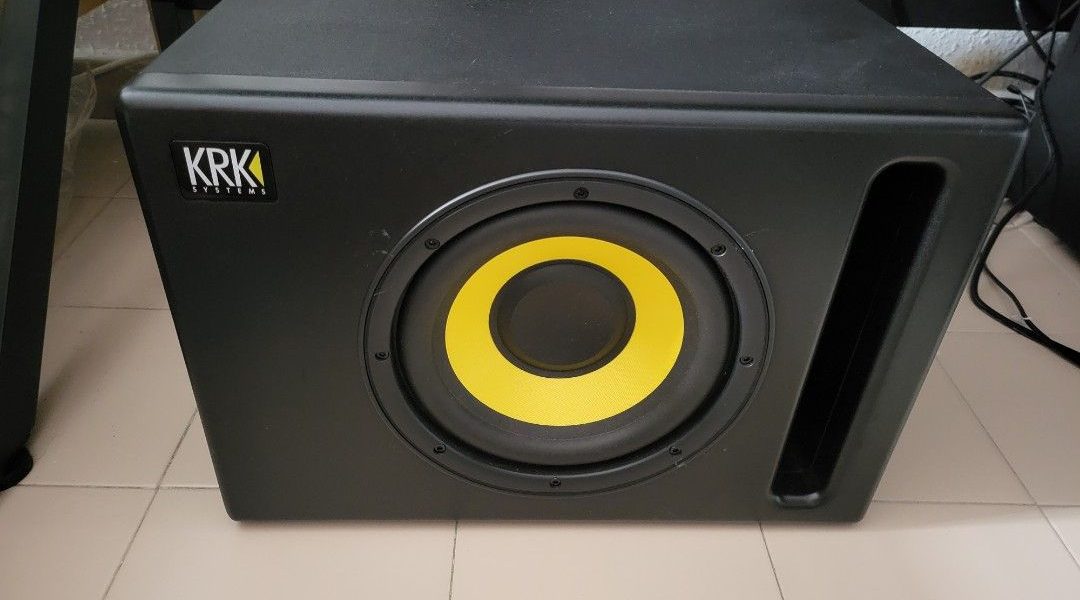
These monitors are popular for their punchy bass and vibrant sound. They come with built-in EQ settings, allowing you to tailor the sound to your room.
KRK RP7 Classic 7" Studio Monitor, Single

FEATURES: Frequency Range (-10dB): 46Hz - 34.5kHz
OTHER INFO: System Volume: -30 dB - +6 dB
- No-frills, streamlined design
- Great sound quality across various music genres
- Straightforward back panel with easy-to-use knobs for adjustments
- Wide frequency response and impressive low-end performance
- Familiar KRK reliability and iconic design
- Lack of advanced features
- Limited adjustment options
When you click ‘Check Price’, you’ll see there are loads of great places to buy this item. Our personal favorite is Sweetwater for the US, and Thomann and Gear4Music for the UK & Europe.
They are the largest music retailers, with excellent customer service, competitive prices, really fast shipping, and the longest guarantees.
The professional musician who wrote this article combined many things,
from the product build, manufacturer’s reputation through to feedback
from other users, to create our famous TedScore™.
JBL 104-BT
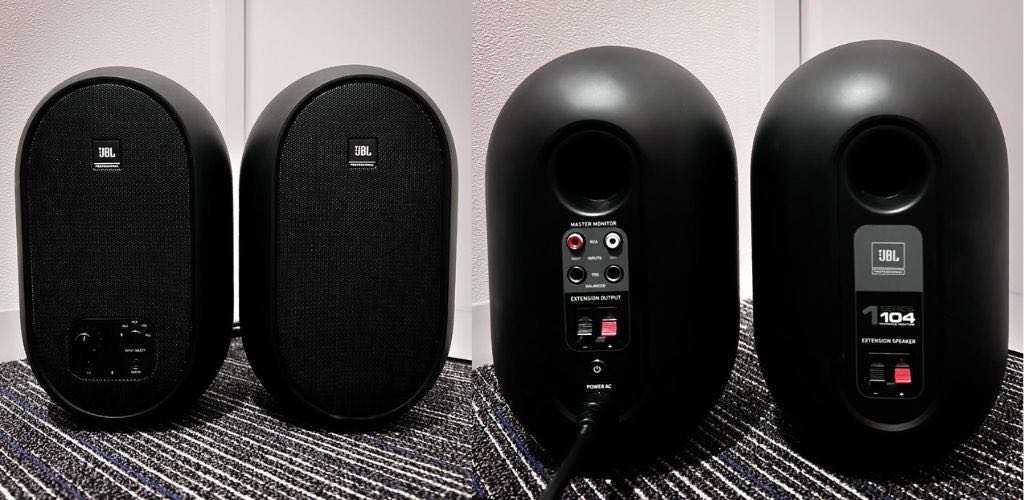
With their broad sweet spot and impressive imaging, these monitors are great for any studio setup. They provide a detailed sound that’s perfect for critical listening.
JBL 104-BT Bluetooth Reference Monitor
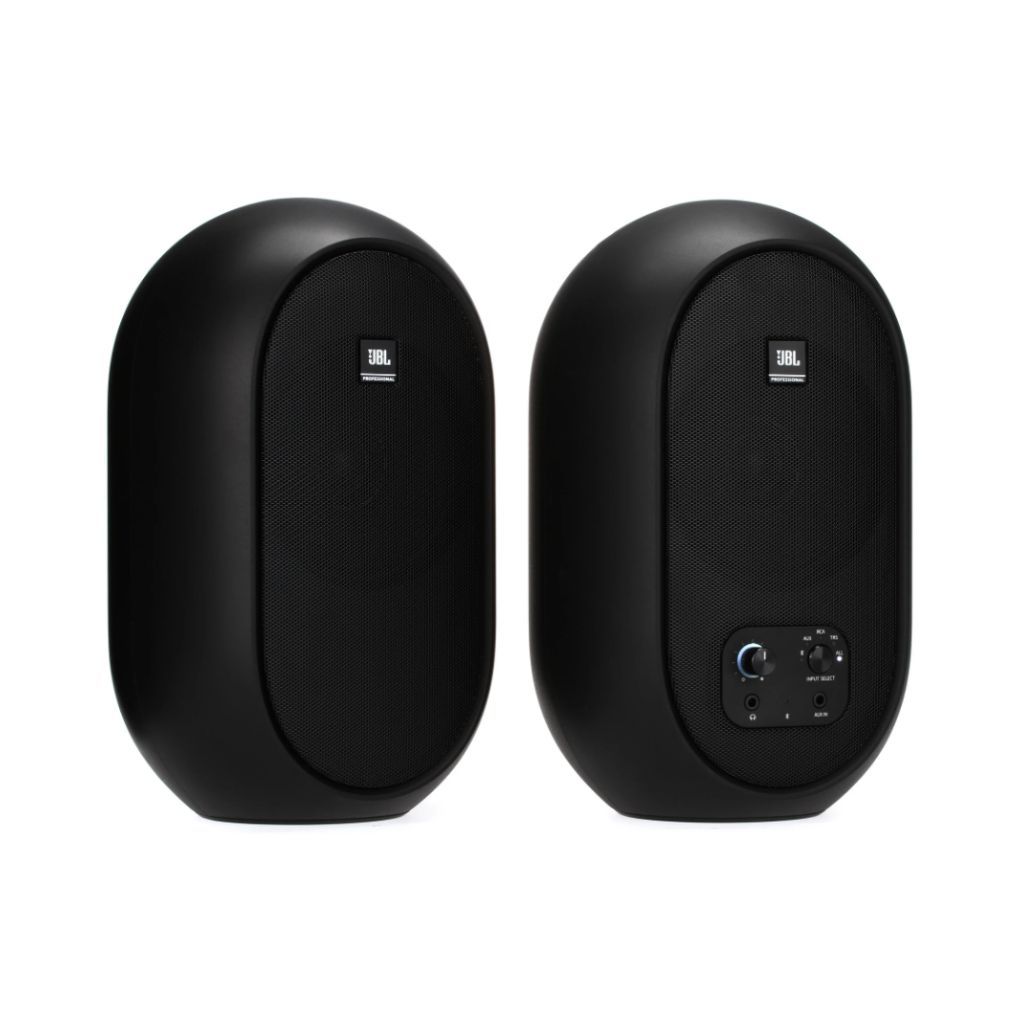
FEATURES: Innovative coaxial driver design and contoured low-frequency port
OTHER INFO: 4.5" low-frequency transducer and .75" high-frequency transducer
- Bluetooth 5.0 compatible for streaming reference mixes
- Sturdy ABS enclosure with metal grill
- Potential latency issues
When you click ‘Check Price’, you’ll see there are loads of great places to buy this item. Our personal favorite is Sweetwater for the US, and Thomann and Gear4Music for the UK & Europe.
They are the largest music retailers, with excellent customer service, competitive prices, really fast shipping, and the longest guarantees.
The professional musician who wrote this article combined many things,
from the product build, manufacturer’s reputation through to feedback
from other users, to create our famous TedScore™.
Comparing PA Speakers and Studio Monitors
Now that we’ve defined both PA speakers and studio monitors. Let’s explore a head-to-head comparison.
Purpose and Use
The primary difference between the two lies in their intended use.
PA speakers are designed for live sound reinforcement, while studio monitors are built for critical listening in a controlled environment.
If you’re performing at a concert or event, PA speakers are your best bet. However, if you’re mixing tracks in a studio, you’ll want to rely on studio monitors for accurate sound reproduction.
Sound Quality
When it comes to sound quality, studio monitors take the lead. Their flat frequency response ensures that you hear audio as it was intended, without any enhancements or alterations.
PA speakers, while capable of delivering powerful sound, may color the audio to enhance the listening experience in a live setting. This means that what you hear through PA speakers may not accurately represent the mix you’re working on.
Portability and Setup
In terms of portability, PA speakers generally have the advantage.
They are designed to be easily transported and set up for events, often featuring built-in handles and lightweight materials.
While not overly heavy, studio monitors are typically meant to remain in a fixed location. Setting them up requires careful positioning to ensure optimal sound quality, which is more involved than simply plugging in PA speakers.
Price Range
When it comes to pricing, there’s a wide range for both PA speakers and studio monitors. PA speakers can vary from budget-friendly options to high-end models, depending on the brand and features.
Similarly, studio monitors come in various price points, with professional-grade monitors often costing more due to their accuracy and build quality. When deciding which type of speaker to invest in, it’s essential to consider your budget and intended use.
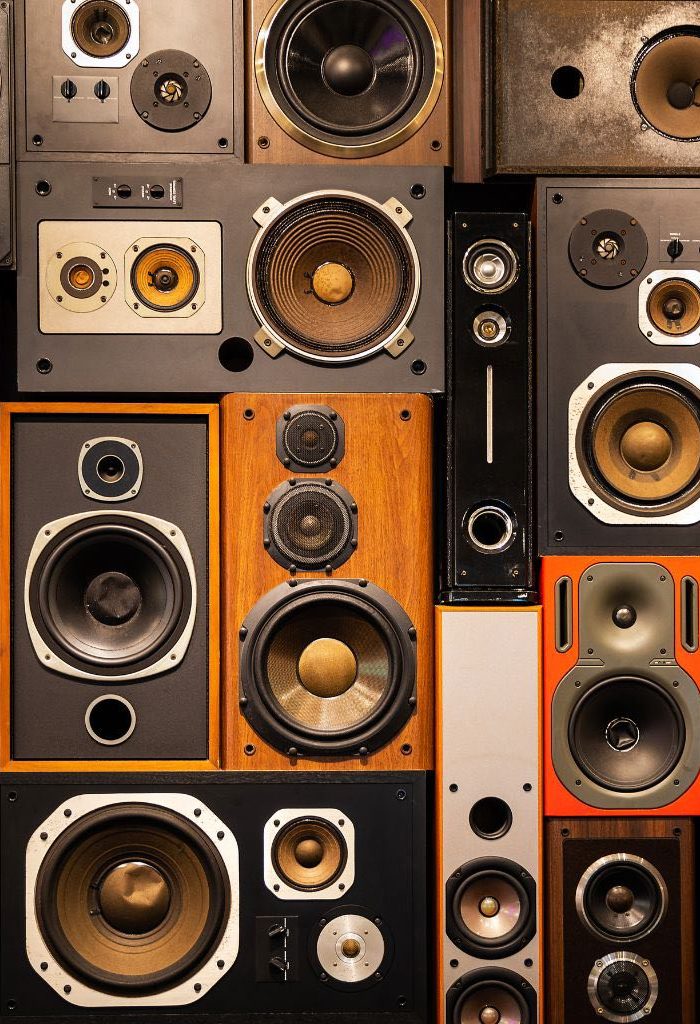
Which One Should You Choose?
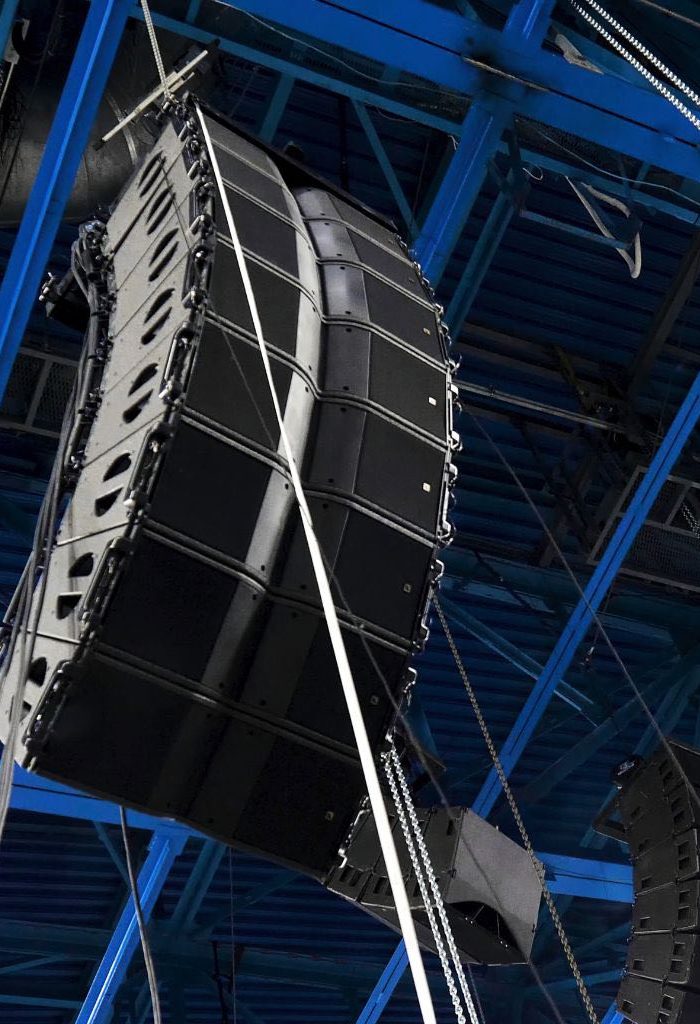
So, how do you decide between PA speakers and studio monitors?
It all comes down to your specific needs and intended use.
If you’re a musician or performer looking to amplify your sound for live audiences, PA speakers are the way to go. They provide the power and projection needed to fill a venue with sound.
Conversely, if you’re a producer or audio engineer focused on mixing and mastering, studio monitors will be your best friend. Their accuracy and detail will help you create polished tracks that sound great across various playback systems.
Hybrid Setup
For those who find themselves in both situations, consider a hybrid setup.
Investing in both PA speakers and studio monitors can provide the best of both worlds, allowing you to perform live and produce high-quality recordings.
This way, you can ensure that your sound translates well in both live and studio environments.
Overview:
PA Speaker VS. Studio Monitor
When comparing PA speakers vs studio monitors, it’s essential to understand their distinct purposes in audio equipment.
Studio monitors are specifically designed for sound engineers and producers to reproduce audio accurately, making them ideal for mixing and mastering in a controlled environment. Unlike PA speakers, which are built to project sound over large areas for live performances, studio monitors sound is focused on delivering a flat frequency response for precise audio evaluation.

Active speakers, like the Yamaha HS5 or Bose speakers, are popular choices for both studio and home use, but they serve different functions.
While good hi fi speakers enhance listening experiences for music enjoyment, studio monitors are tailored for professional audio work. A high-quality speaker system can significantly enhance your audio experience, whether for home theater, music production, or live performances.
Ultimately, choosing between monitor speakers and PA speakers depends on your specific needs, whether you’re mixing tracks in a studio or amplifying sound for an audience.
Wait! There’s more…
Check out the Best Music Production Speakers for a comprehensive guide that highlights top choices to enhance your sound quality and elevate your music production experience!
FAQ's
While you can use studio monitors as a PA system in a pinch, they are not designed for that purpose and may lack the necessary power and projection to effectively fill a large space with sound.
The main difference between a monitor and a PA speaker is that monitors are designed for near-field listening, allowing performers to hear themselves clearly on stage, while PA speakers are built to project sound over a larger area for audiences.
Yes, PA speakers are good for music as they are designed to deliver clear, powerful sound across a wide range of frequencies, making them suitable for live performances and events.
While you can use regular speakers instead of studio monitors, it is not recommended, as studio monitors are specifically designed for accurate sound reproduction, which is crucial for mixing and mastering music.



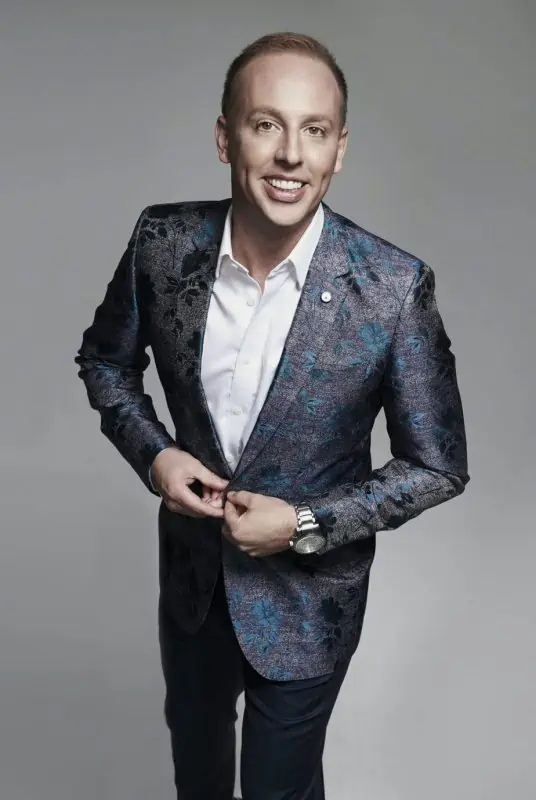







Gotta say, the comparison is neat but there’s more to PA speakers and monitors than just what’s covered. Like, what about durability and repairability? In my experience, that’s where PA speakers often outshine studio monitors. They’re built to take a beating. Also, Robert Emery, ever think about doing a deep dive into that aspect? It’d be pretty helpful for folks trying to make their gear last.
I’ve been debating between getting PA speakers or studio monitors for my home studio setup and this article really helped clarify the differences! I’m leaning towards the studio monitors now, especially those JBL 104-BTs you mentioned. The detail on sound quality comparison was super useful. Big thanks to Robert Emery for putting this together, definitely making my decision easier!
Hey there, absolutely! Room size and acoustics definitely play a big role. From what I’ve read, studio monitors like the JBLs should be more than capable for a small to medium-sized room. 😊
Hey Maggie, did you consider room size when choosing? Wondering if that makes a big difference in sound quality for the monitors.